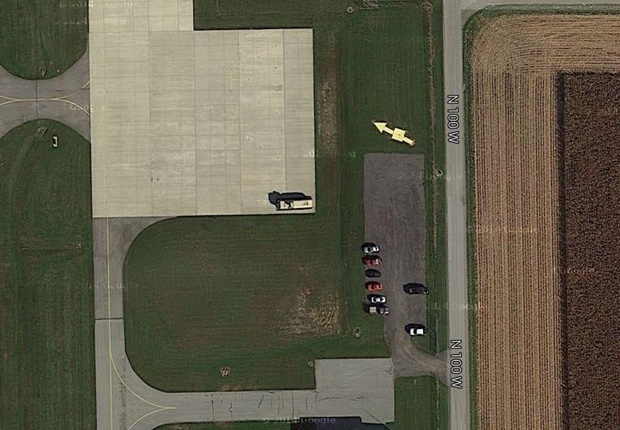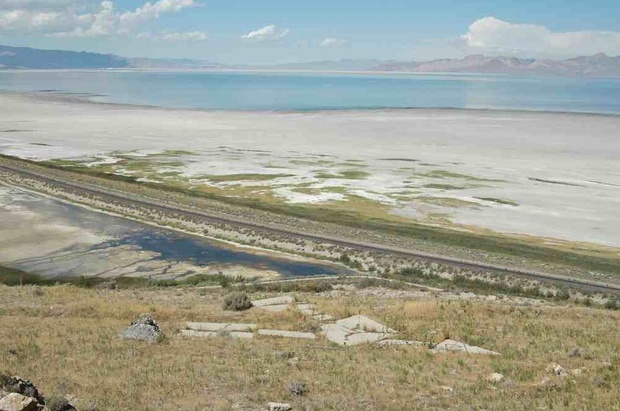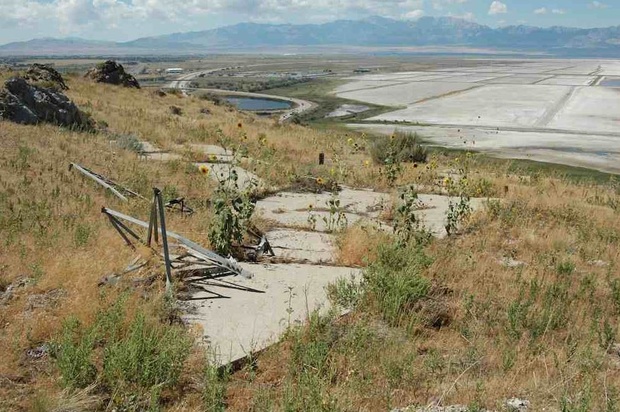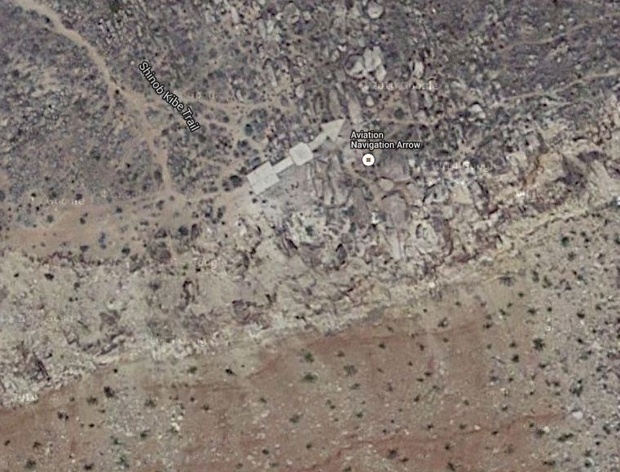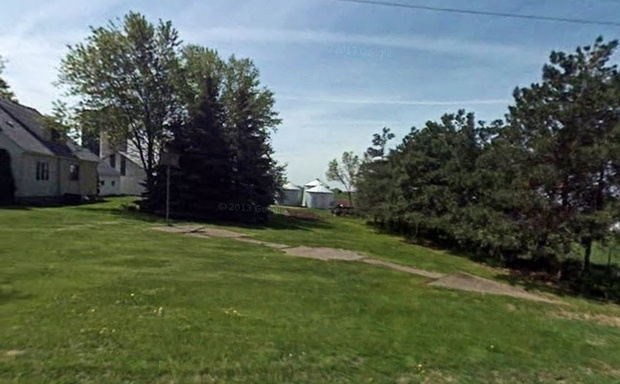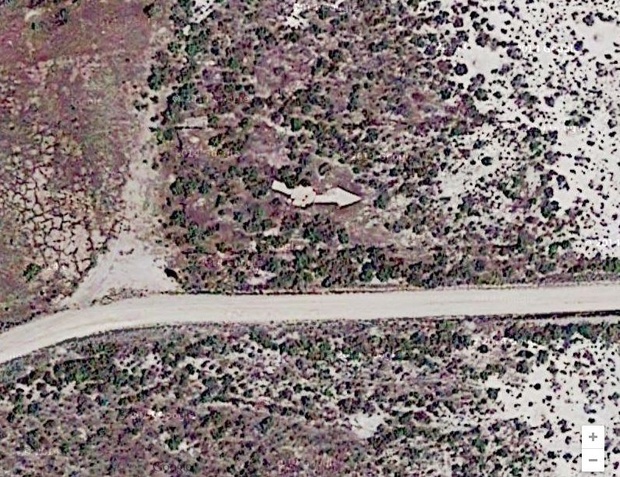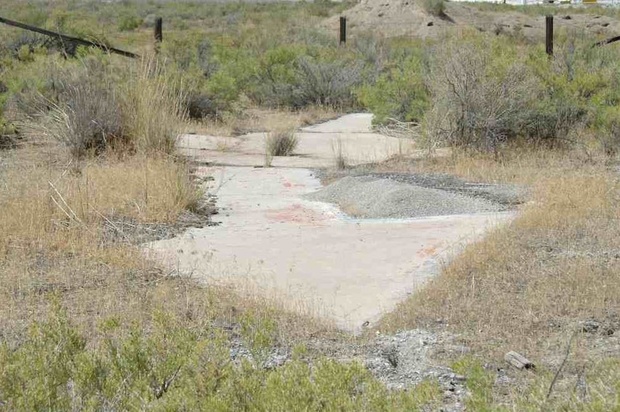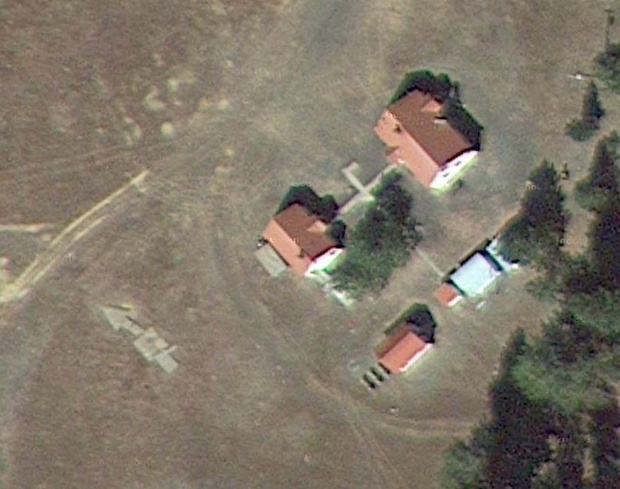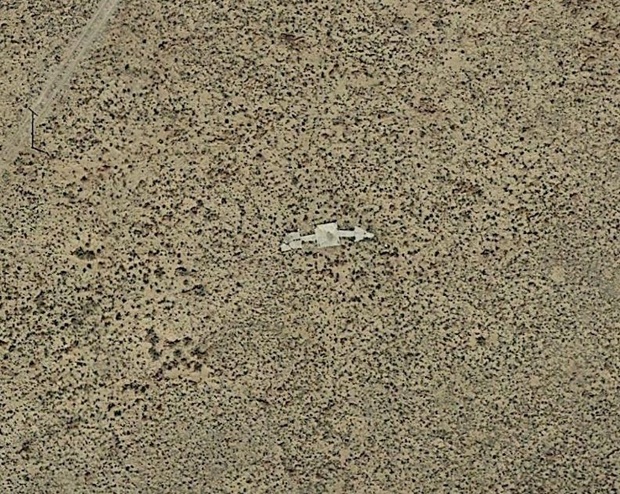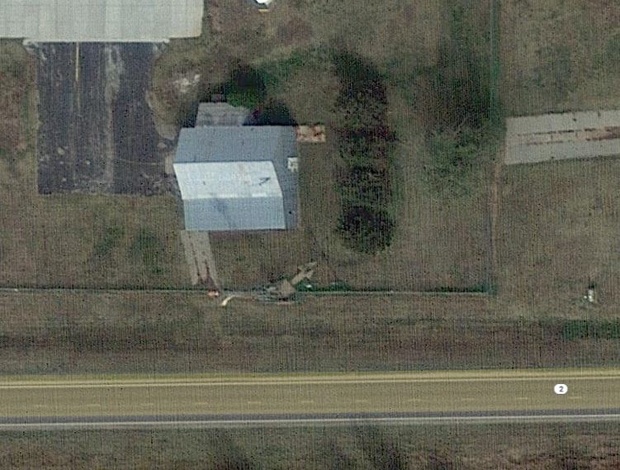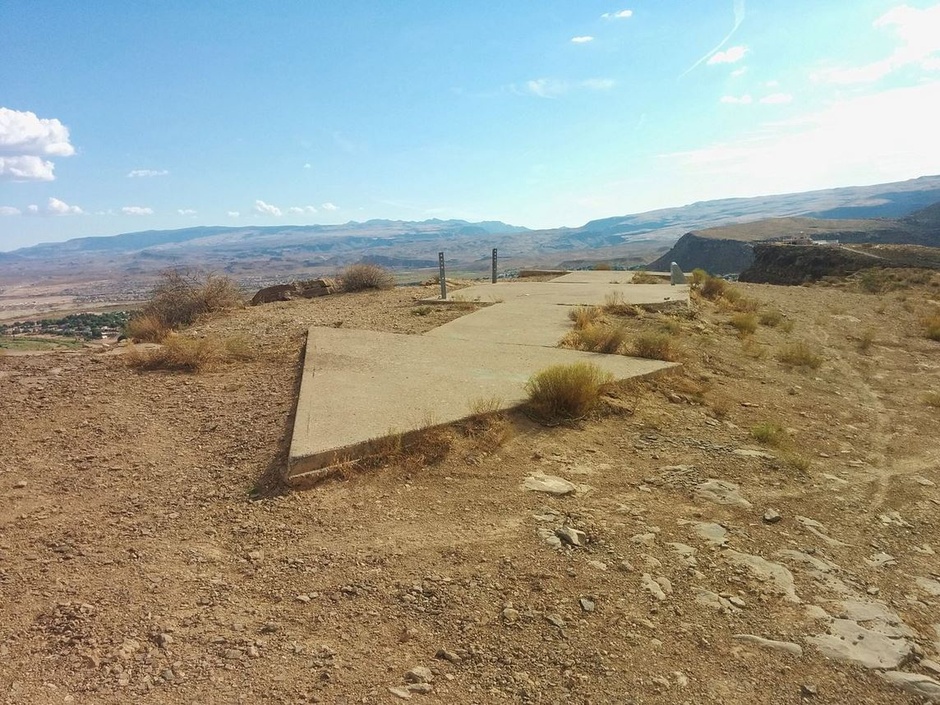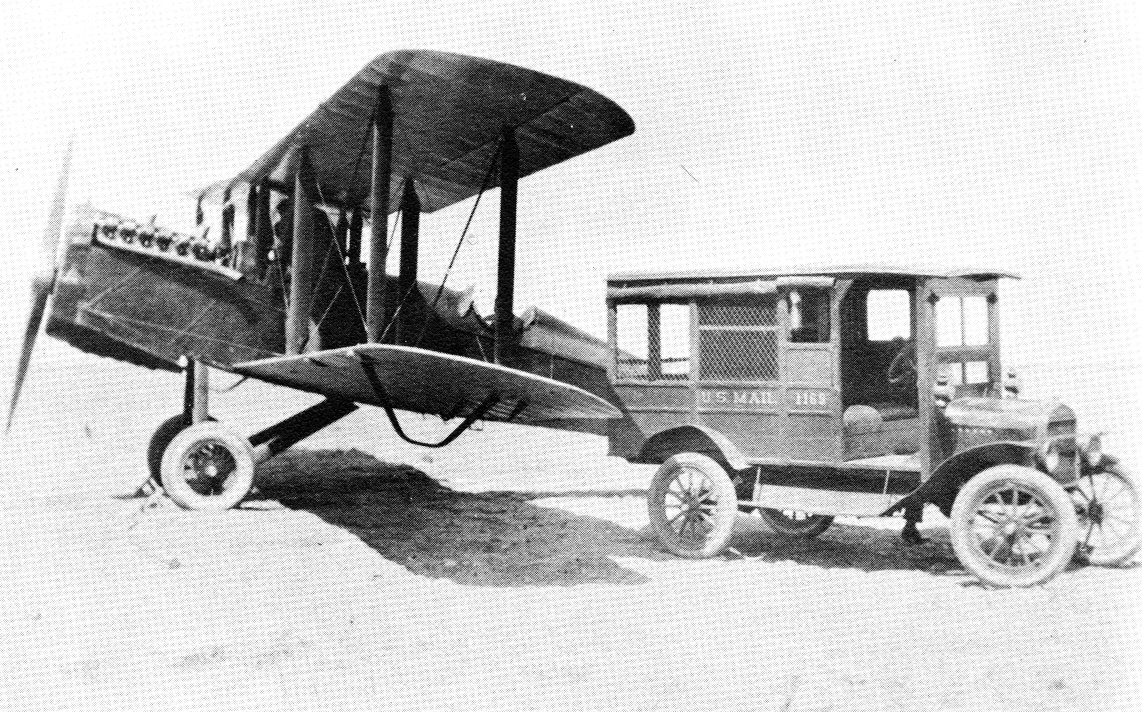
Back in the 1920s, a pilot lost on a dark, thunderous night couldn’t depend on GPS to save his bacon. But there was something almost as good: giant, cartoon-style arrows, stretching in an illuminated path on the ground from New York to San Francisco.
This rudimentary form of navigation was part of the Transcontinental Airway System, an effective aid for air-mail pilots that by the ’30s incorporated 1,500 ground beacons over some 18,000 miles. NASA ambassador Patrick Wiggins recently explained how it worked for the Universities Space Research Association:
Every 16 km, pilots would pass a 21 m concrete arrow on the ground that was painted bright yellow. At the center of each arrow there would be a 15.5 m steel tower, topped by a million-candlepower rotating beacon. Below the rotating light were two course lights pointing forward and backward along the arrow. The course lights flashed a code to identify the beacon’s number. If needed, a generator shed at the tail (or feather end) of each arrow powered the beacon and lights.
The arrows represented a leap forward from previous nocturnal guideposts. “One of the first attempts at navigation involved setting huge bonfires next to landing strips to help guide pilots,” notes one scholar. “This idea proved very impractical.” People had such faith in the newer system that Popular Mechanics ran a story about a floating version eventually spanning the Atlantic Ocean (if Wikipedia is to be believed). Yet by the 1940s, the arrows and towers were already becoming obsolete, leading to their gradual removal or abandonment.
Today the only state using these janky beacons is Montana, where pilots rely on about 19 to fly through the mountains. But that doesn’t mean they’ve disappeared. Some peek out in aerial imagery like cryptic, alien messages in barren stretches of Utah, Wyoming, Indiana, and elsewhere. Others have fallen into the hands of property owners, who keep them around perhaps for historical value or as conversation starters.
Below are a few of the arrows still visible across America; you can search for more on this handy map and this daunting but thorough web of flight routes.
